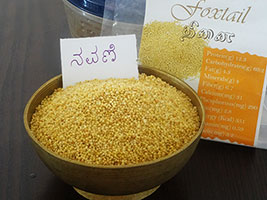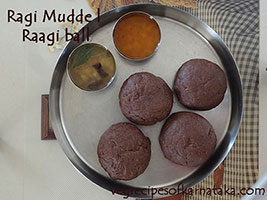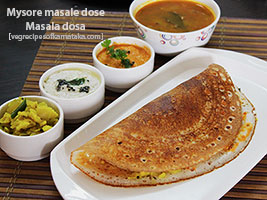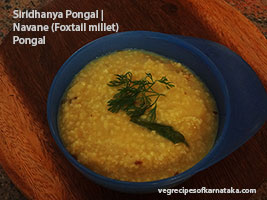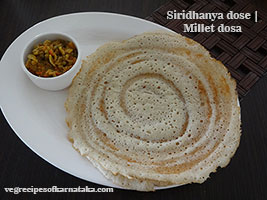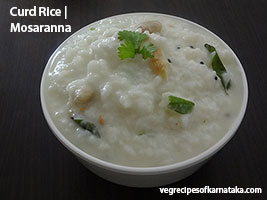What is siridhanya | Types of millets | Different Millet types and names
By Latha on September 30th, 2016
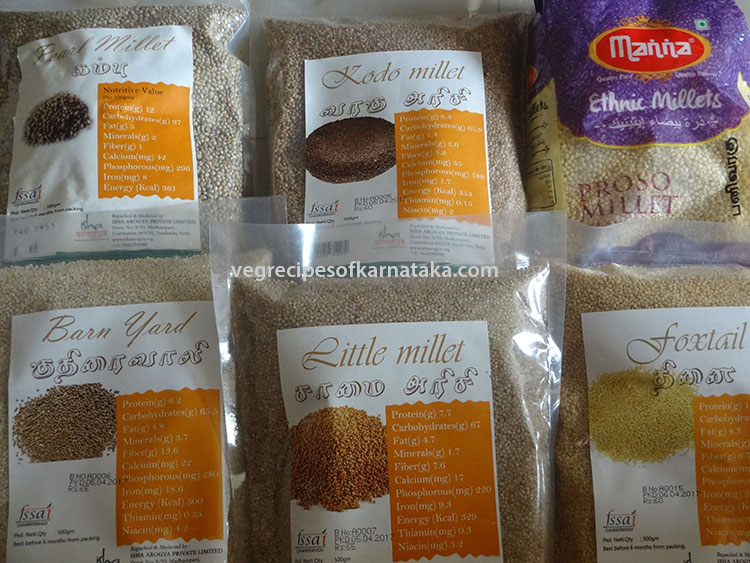
What are Millets?
Millets are one of the oldest foods known to humans. They are drought resistant crops grown in dry land, and are known to be cultivated 10 thousand years ago in Asia. Millets are a group of highly variable small-seeded grasses, widely grown around the world as cereal crops or grains. Millets are also unique due to their short growing season. They can develop from planted seeds to mature, ready to harvest plants in as little as 65 days.Benefits of Millets:
In comparison with the grains like rice, wheat and jowar, the millet grains are nutritionally superior to many cereals, and have medicinal value because of their high fibre content, higher amount of protein, including all the essential amino acids, good cholesterol, and the same amount of calcium and iron. Because of its inherent low glycaemic value, these grains are ideal for combating obesity, diabetes, cancer and cardio vascular disorders.The fibre in millets is in two forms - soluble and insoluble fractions. The soluble fibre fraction delays gastric emptying and helps in slow digestion and slower release of glucose. Thus, the blood glucose levels rise slowly. The insoluble fraction is an inert component metabolically, absorbs water and helps bowel movement, preventing constipation.
Millets with high dietary fibre take longer to chew and thus our eating time increases. Since the brain registers that it is full only after 20 minutes, the increased eating time gives the body a chance to know that the stomach is full, and reduces our chances of overeating. As the fibre nutrient moves in the intestine, it picks up wastes, and adds bulk to the stool ingredient and it makes going to the toilet a pleasurable experience too.
Nutritional value of millets:
Millet has high content of nutrients, including impressive starch levels, very high B-vitamin content, as well as calcium, iron, potassium, zinc, magnesium, not to mention of its being a healthy source of essential fats in the body. Furthermore, there are significant levels of protein and dietary fibre in millet as well, which contribute to further health benefits of this important grain!Finally what is “Siri Dhanya”?
Grains are classified as Positive, Neutral and Negative. And the Millet range of grains constitute as Positive and Neutral grains. Among the Positive Millet Grains, which have dietary fibre from 8 % to 12.5 % are Foxtail (Navane), Barnyard (Oodalu), Araka (Kodo), Little (Samai) and Brown Top (Korale). Whereas Pearl (Sajje), Finger (Ragi), Proso (Baragu), Great Millet (White Jowar) and Corn classified as neutral grains, having a little lesser fibre and other nutrients. The millet foods are considered as miracle grains, that’s why we call them “Siri Dhanya” millets.Positive Millets (Siri Dhanya):
| English | Hindi | Kannada | Telugu | Tamil |
| Barnyard Millet | Sanwa | Oodhalu | Udhalu | Kuthiraivally |
| Kodo Millet | Kodon | Araka | Arikelu | Varagu |
| Little Millet | Kutki | Samai | Samulu | Samai |
| Foxtail Millet | Kakum | Navane | Korra | Tenai |
| Brown Top Millet | Korale |
Neutral Millets:
| English | Hindi | Kannada | Telugu | Tamil |
| Finger Millet | Nachani | Ragi | Ragula | Kezhvaragu |
| Proso Millet | Chena | Baragu | Variga | Pani Varagu |
| Pearl Millet | Bajra | Sajje | Sajja | Kanbu |
| Sorghum (Great Millet) | Jowar | Bili jola | Jonna | Jolam |
Health benefits of Siri Dhanya or Millets:
- Beneficial in detoxifying body
- Lowers bad cholesterol level
- Prevents onset of breast cancer
- Helps to prevent type 2 diabetes
- Effective in reducing blood pressure
- Helps to protect against heart diseases
- Aids in treating respiratory conditions such as asthma
- Helps to optimize kidney, liver and immune system health
- Reduces risk of gastrointestinal conditions like gastric ulcers or colon cancer
- Eliminates problems like constipation, excess gas, bloating and cramping
Conclusion:
This is a small attempt to understand what is "Siri Dhanya". I have already posted Navane uppittu or foxtail upma, ragi (finger millet) dosa, ragi (finger millet) rotti and ragi (finger millet) mudde recipes. Soon I will post more recipes using these Millets, which you can find in siridhanya or millet recipes post. And to write this article I have referred few documents and websites, which I have listed below.References:
- Transforming Health through 'Siridhanya' Millets as Healing Foods by Dr. D. Khadar, Scientist, Food Technology Researcher, Exponent & Crusader of Millet Foods, Mysore and Dr. Sarala Bangalore, Homoeopath 8: Millet Foods Proponent, Mysore
- Wikipedia
- www.kaulige.com
- www.millets.wordpress.com
- www.mymilletzone.wixsite.com
 Dear Reader,
Dear Reader,
I am Latha and I am very happy that you have visited our website. Lot of efforts have been put in creating each and every page on this website. If you like this recipe, kindly share it with your friends by clicking on the icons given below. Feel free to write to me at "kannadavegrecipes@gmail.com". Thank you so much and keep visiting!!
